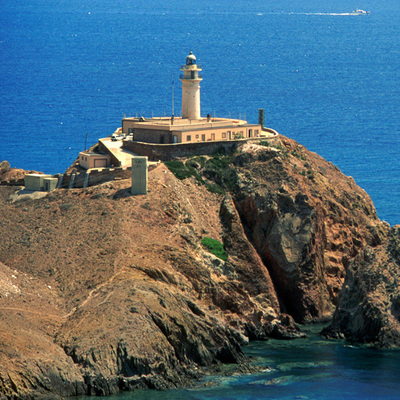Al - Mutamid Route

The al-Mutamid Route runs from Lisbon to Granada, passing through the provinces of Huelva and Seville. It is one of the most rewarding al-Andalus routes because it combines the heritage of Andalusia with that of Moorish Portugal. A journey on which the young al-Mutamid discovered love, poetry and music, leading him to the city of Seville where his dynasty ruled, and following the trail of excitement which continued as far as Granada along the Washington Irving Route.
This route has two branches and embraces the south west corner of the Iberian Peninsula. Moorish Portugal was an essential part of al-Andalus. The borders between Moorish Spain and the Christian kingdoms of the north changed over the centuries. During the Caliphate they reached as far as the Douro River but during the Almohad period they were already located south of the Tagus.
Along the two branches you'll find very different landscapes that make this route one of the most rewarding, not only in heritage but also in natural areas.
The route through Andalusia begins in Huelva. The sea as a point of exit for mining resources through Huelva made settlement attractive for civilisations like the Phoenicians, Greeks, Carthaginians and Romans, and especially for the kingdom of Tartessos. On this first stage we also visit Ayamonte, La Rábida, Palos de la Frontera and Moguer, coastal areas that played an active role in the discovery of America.
Its privileged position on the Tinto River and its proximity to the Atlantic means that Ilipla, formerly Niebla, has a thousand years of history. The city of Niebla is one of the few Andalusian cities that has preserved its walled enclosure virtually intact. La Palma del Condado and its beautiful Castle of la Reina is the last stop in the province of Huelva. Sanlúcar la Mayor and Tocina, now in the province of Seville, with a rich Andalusian and Baroque heritage, lead us on our way to Seville, the capital of the Taifa ruled by al-Mutamid. The Guadalquivir River, all-pervading in life in Seville, was where the poet king bade farewell on his journey into exile in Morocco.
The route climbs up into the mountains in the interior of the province of Huelva, making a stop in Aracena, Almonaster la Real and Aroche before reaching Cortegana. The contrast could not be greater between the Huelva coast, at the confluence of the Tinto and Odiel rivers, in the Baetic Depression, and the inland area.































